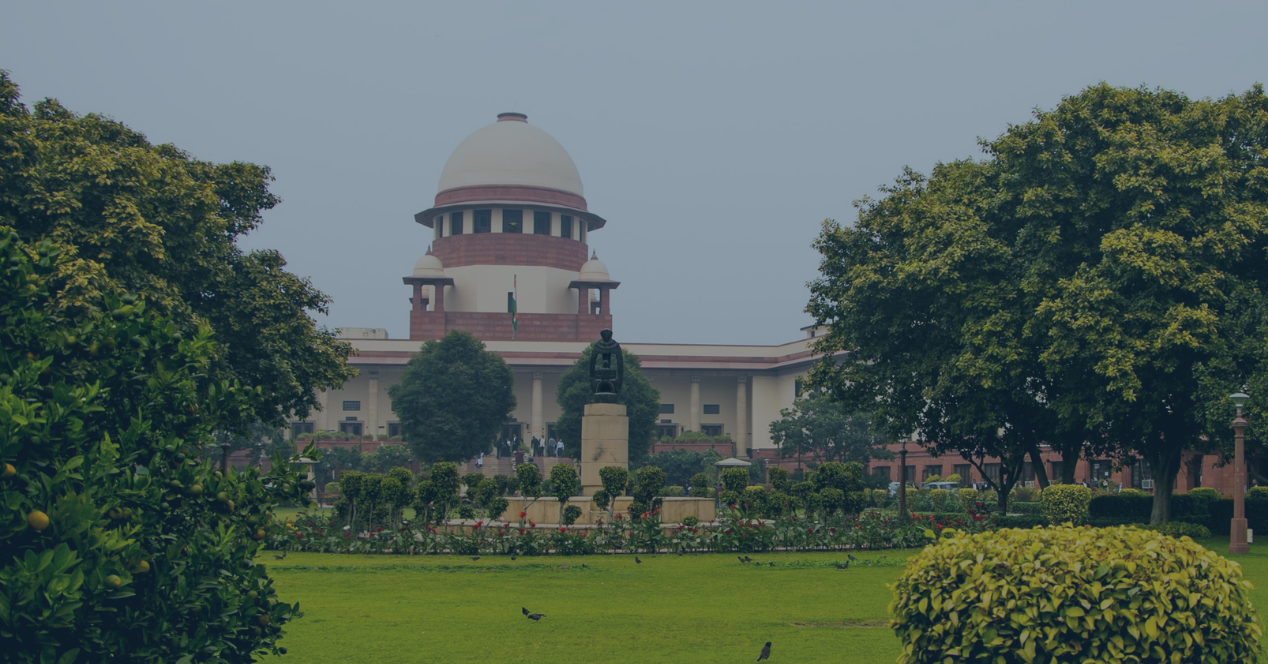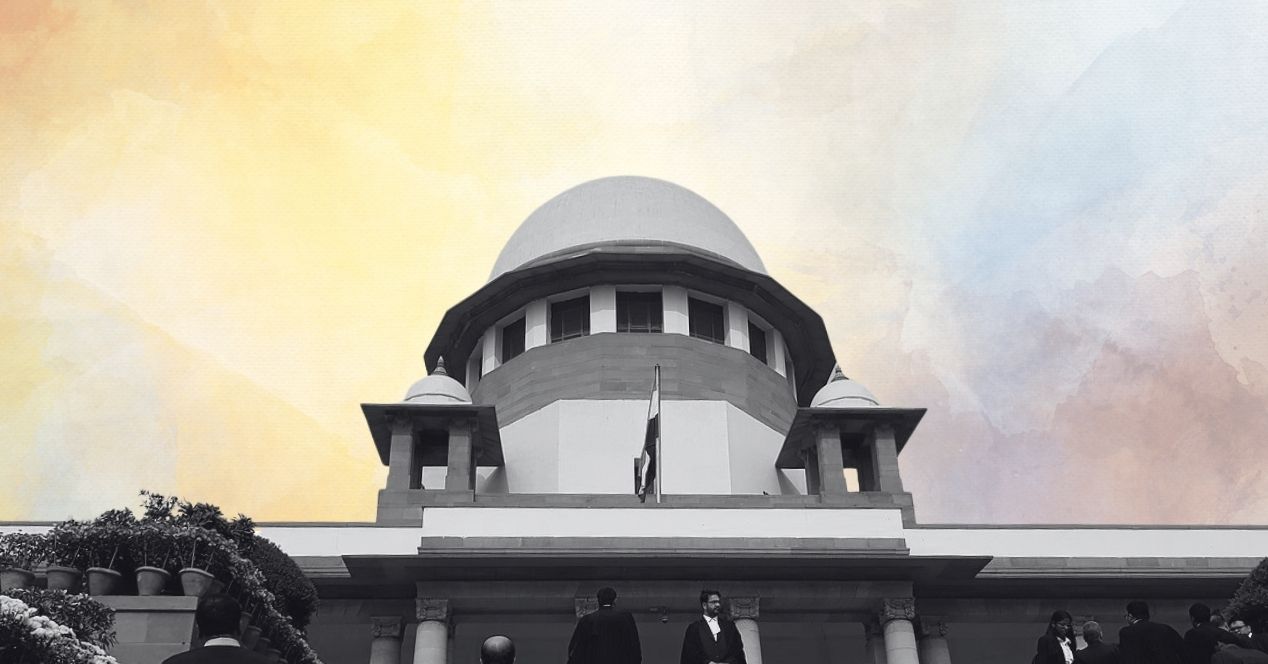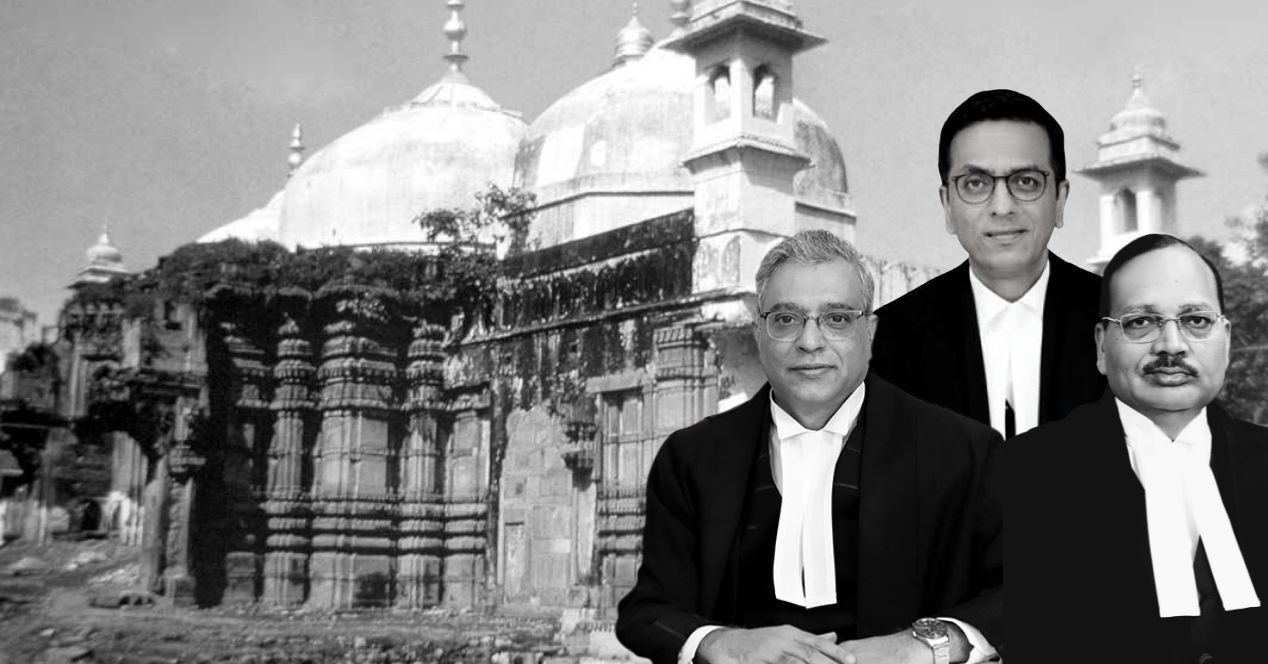Analysis
Ayodhya Title Dispute: Essentiality and Particular Significance
The Faruqui case appears to have introduced a "particular significance" test for determining whether a feature of a religion is essential.

Next week, October 29th 2018, a three-judge Supreme Court Bench will continue hearing the Ayodhya Title Dispute. The Court is treating the matter as a land dispute and will not entertain questions pertaining to freedom of religion. In particular, the Court will not address issues concerning what constitutes an essential religious practice, arising out of Ismail Faruqui 1994. Critics of Faruqui label the judgment as anti-secular and argue it privileges Hindus over Muslims. The recent Supreme Court judgment, on September 27th 2018, held that Faruqui is sound, in so far as it applies to land acquisition. Why has Faruqui garnered so much controversy?
An analysis of Justice Nazeer’s September 27th dissent provides insight into some of the potential issues that arise out of Faruqui. In this post, we analyse one of these issues, namely the fact that Faruqui appears to have introduced a novel test for determining whether a feature of a religion is essential or not: the particular significance test.
Background
On September 27th 2018 Judgment, a 2:1 held that the Ayodhya Title Dispute need not be heard by a Constitution Bench, thus restricting the matter to a land dispute. Justice Nazeer wrote the dissenting opinion. He questioned the majority opinion’s acceptance of Ismail Faruqui and argued that Faruqui raises questions which ought to be addressed by a Constitution Bench. Faruqui notably held that mosques are not an essential feature of Islam. Nazeer argued that Faruqui is potentially inconsistent with the larger seven-judge Bench judgment in Shirur Mutt, 1954. In particular, Nazeer emphasized that Faruqui: (a) makes a ruling on the essentiality of a religious practice/feature without consulting “the doctrines of that religion”; (b) appears to introduce a new test for assessing whether a practice/feature of a religion cannot be interfered with by the State, under Article 25 & 26 of the Constitution. In this post, we examine Nazeer’s second concern.
Is the test consistent with Shirur Mutt?
Shirur Mutt established that questions regarding the essentiality of a religious practice or feature must be primarily determined with reference to religious doctrine. In his dissent in Faruqui, Nazeer asks whether Faruqui has introduced a new test for essentiality and, if yes, whether it is consistent with the essentiality put forward in Shirur Mutt.
What did the Bench in Faruqui specifically say? In paragraphs 80-85, the Bench held that:
- Mosques are not an essential feature of Islam, referring to Section 217 of Mulla’s Principles of Mahomedan Law, 19th Edn.
- Individual religious places can have particular significance, such that acquiring them would result in the extinction of said religion, and hence such places cannot be acquired by the State.
As Nazeer emphasizes, these two assertions raise many questions. It is difficult to ascertain whether particular significance is consistent with essentiality, as formulated in Shirur Mutt.
On the one hand, one might argue that the particular significance test can be consistent with the essentiality test put forth in Shirur Mutt. Shirur Mutt emphasized that essentiality must be determined with reference to religious doctrine. There is no reason to hold that the ‘particular significance’ of a religious place cannot be determined with reference to religious doctrine. Further, particular significance can be understood as equating to essentiality in the context of places. In other words, the Court can test whether a specific religious place is essential by asking whether it is of particular significance to the religion.
On the other hand, the particular significance test could be viewed to be inconsistent with the Shirur Mutt essentiality test. For example, as Nazeer emphasises, the particular significance test appears to introduce an additional requirement for testing whether a religious feature is integral, other than essentiality. In other words, in order for a practice/feature to be protected under Article 25, must it not only be essential but also be of particular significance?
Further, another potential issue with Faruqui is its discussion of comparative significance. The particular significance test, in the context of Ayodhya, invites comparisons between Hinduism and Islam. In paragraph 54, the Faruqui Bench explicitly discusses the comparative religious significance of the Ayodhya site to both Hindus and Sunnis. Thereby, Faruqui appears to be setting the precedent of determining the ‘particular significance’ of a religious place via a comparative religious approach. This raises several concerns. Principle amongst them being, how is the Court to compare two different religious doctrines? After all, Shirur Mutt requires that essentiality be determined through the analysis of religious doctrines. Since different religious assume vastly different sets of starting axioms, comparing them to establish essentiality introduces many problems.
The upcoming Supreme Court hearings on Ayodhya, starting in a week, are unlikely to address questions pertaining to Faruqui and the particular significance test. The three-judge Bench is hearing the matter as a land dispute case. Therefore, the Bench will not entertain questions pertaining to essential religious practice. We will have to wait for future cases to see how these novel concepts of particular significance and comparative significance evolve.



